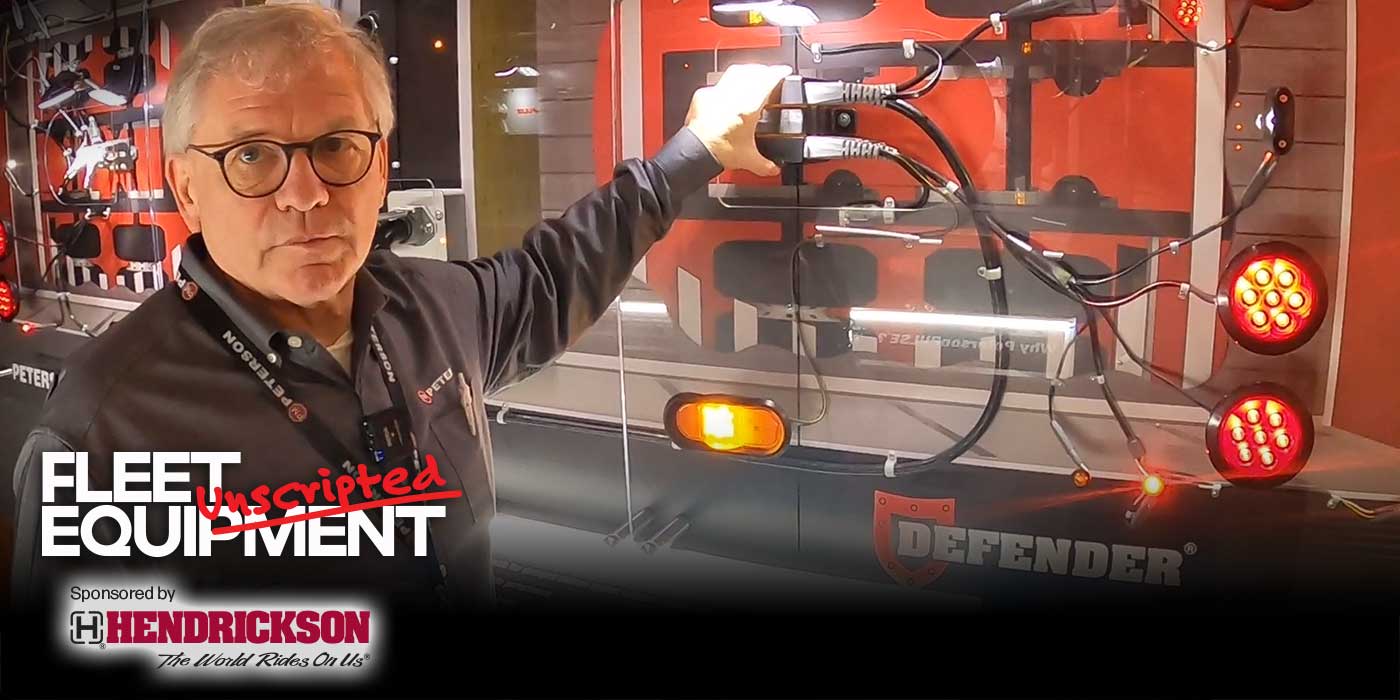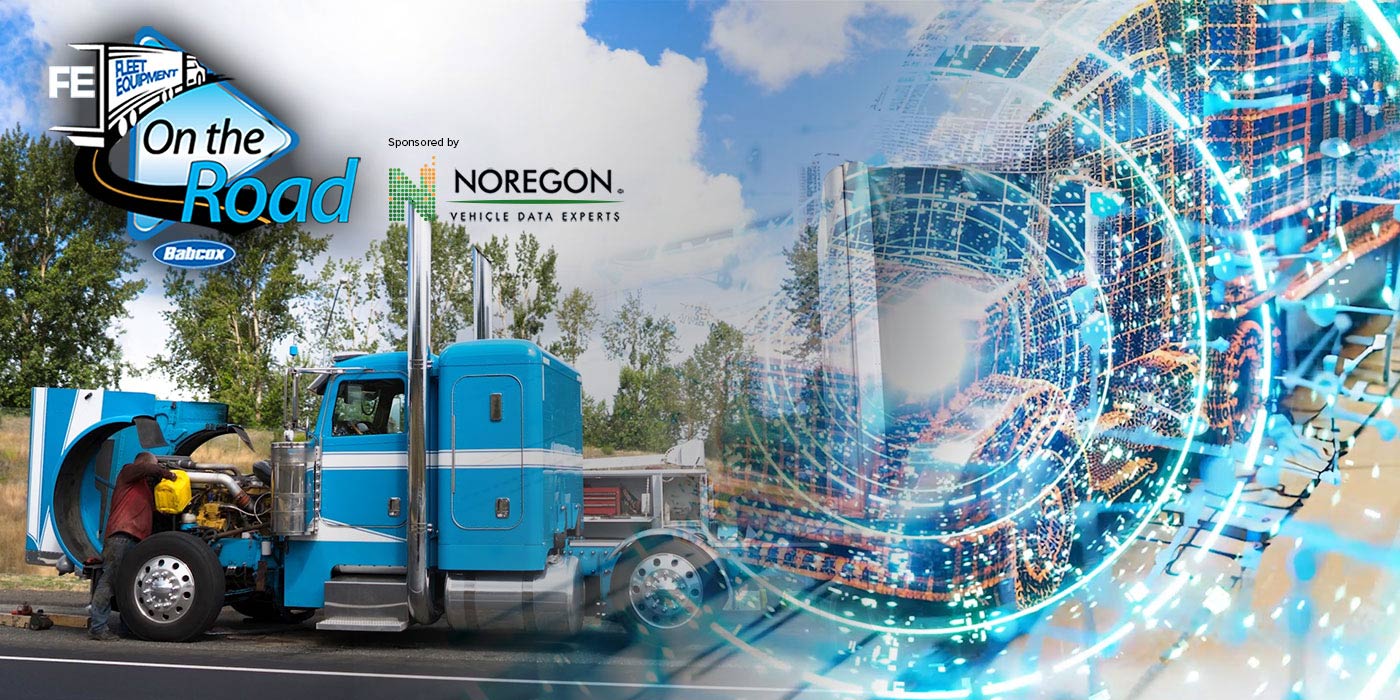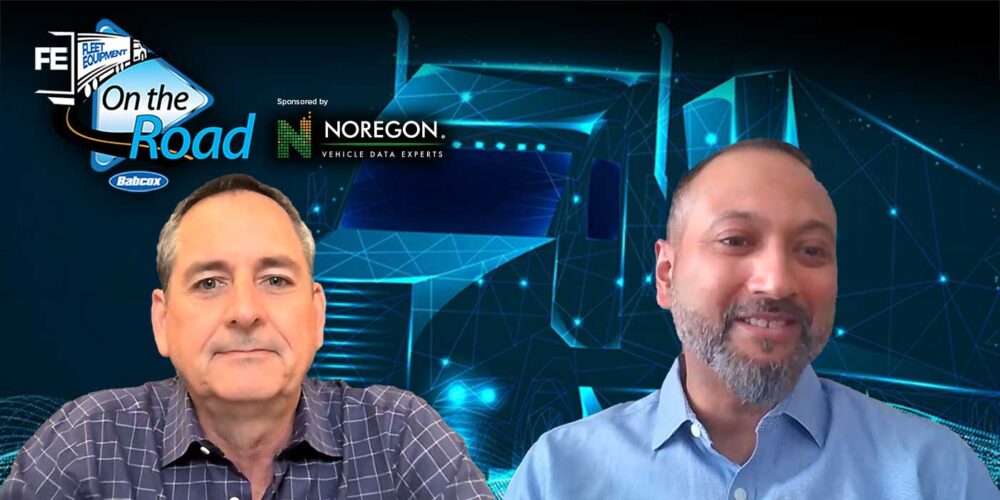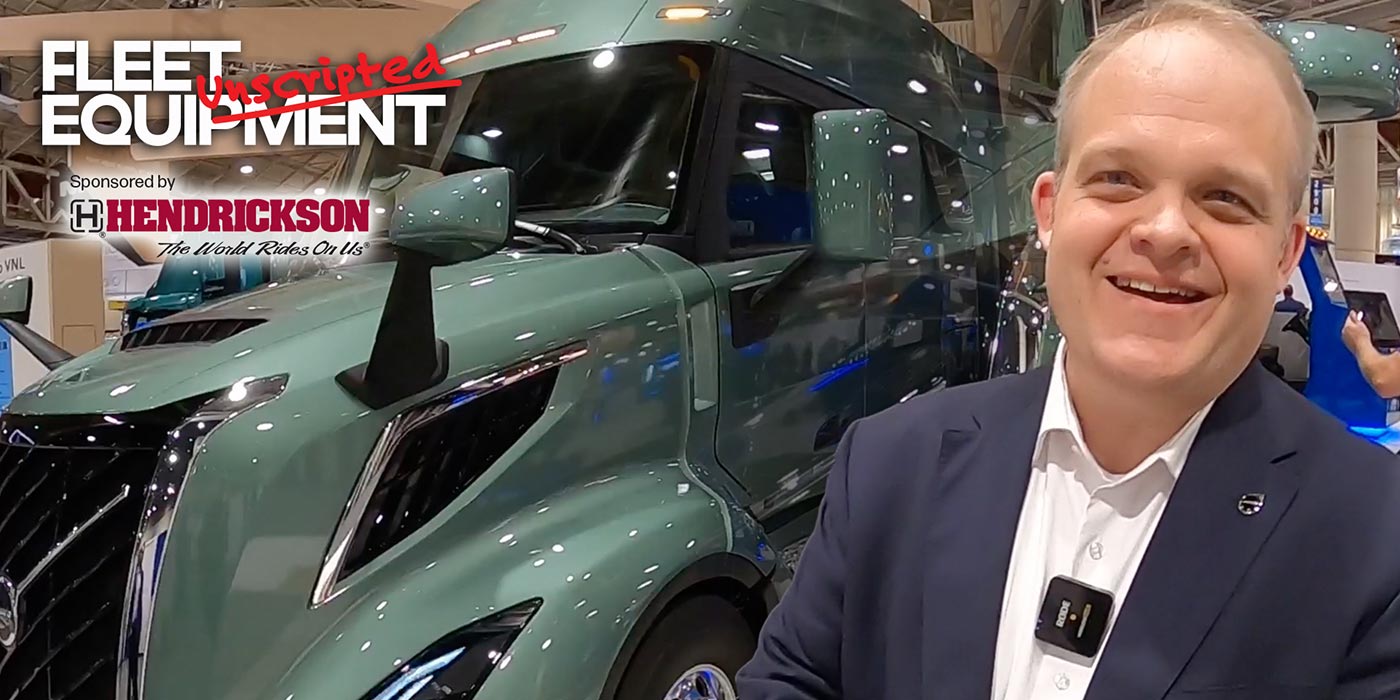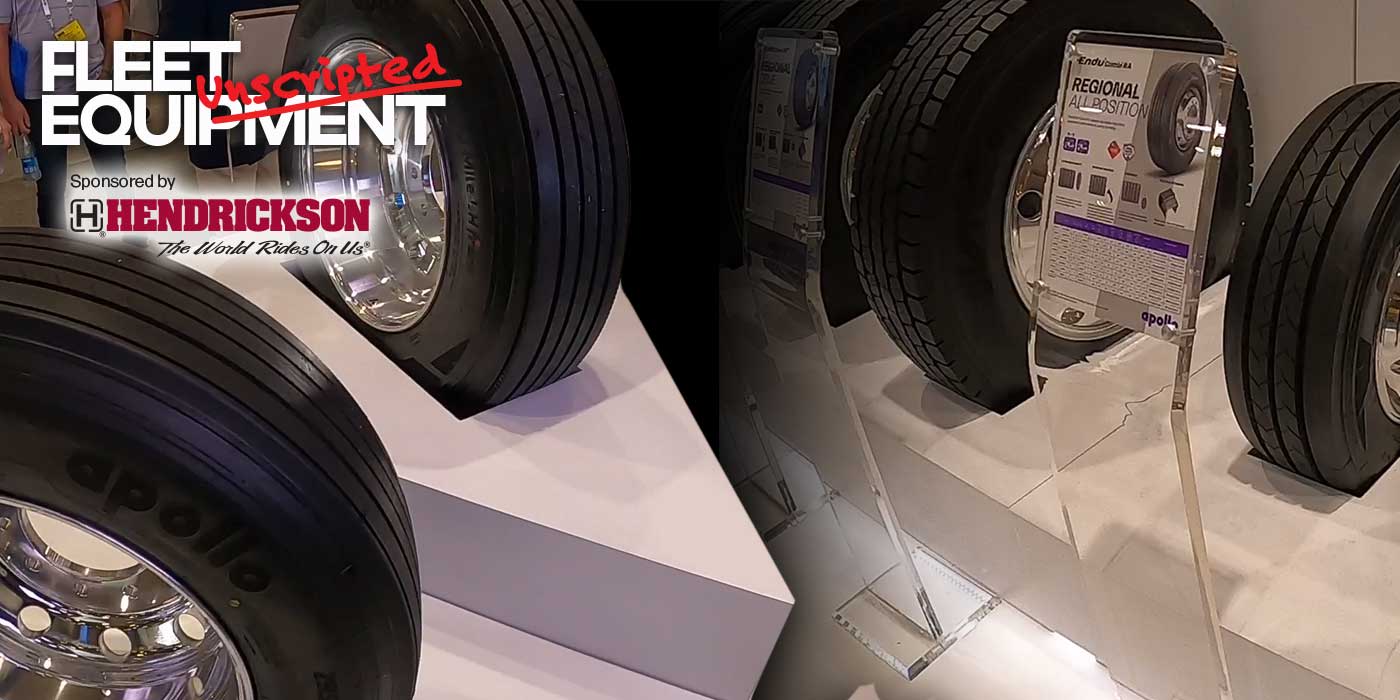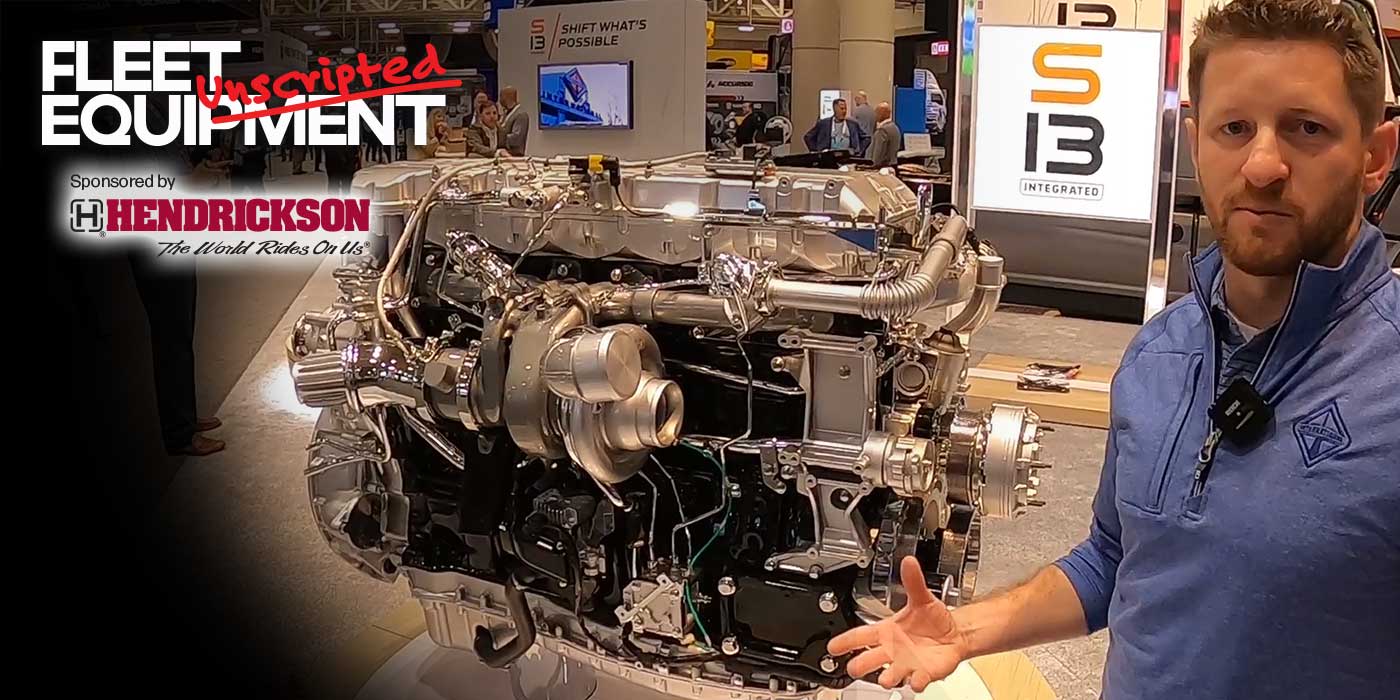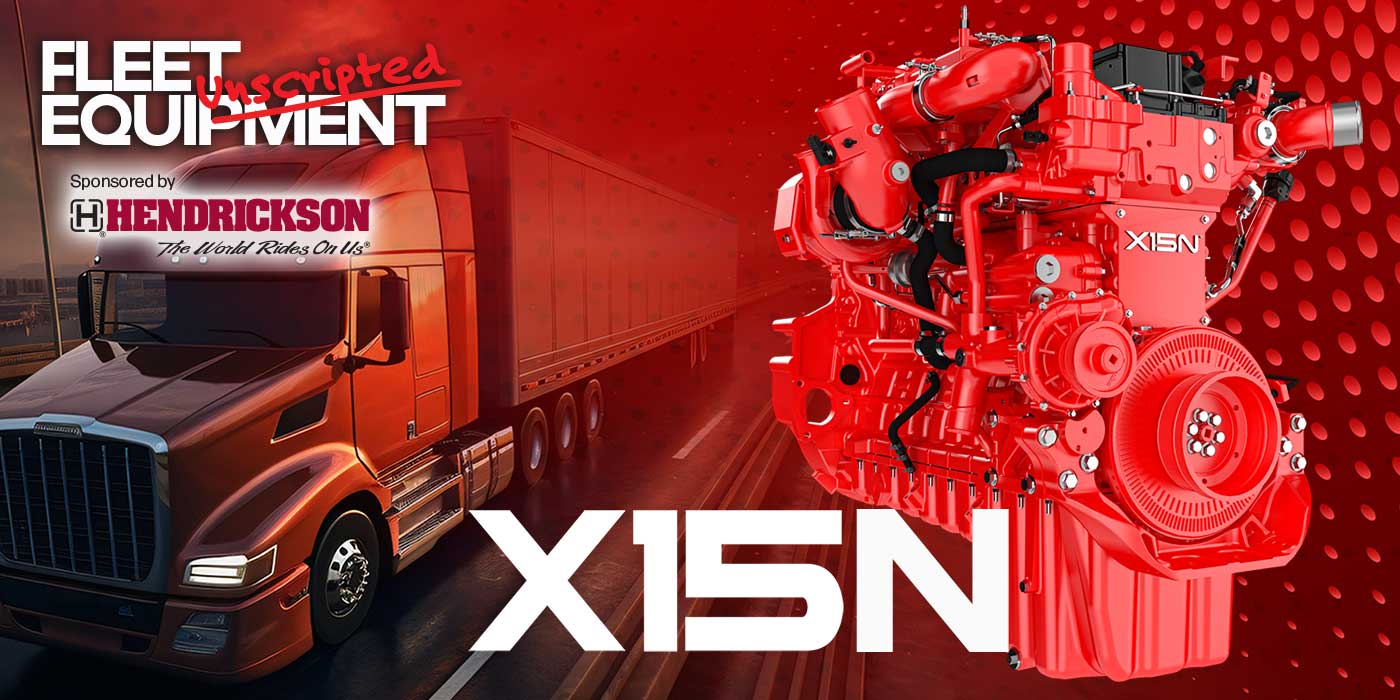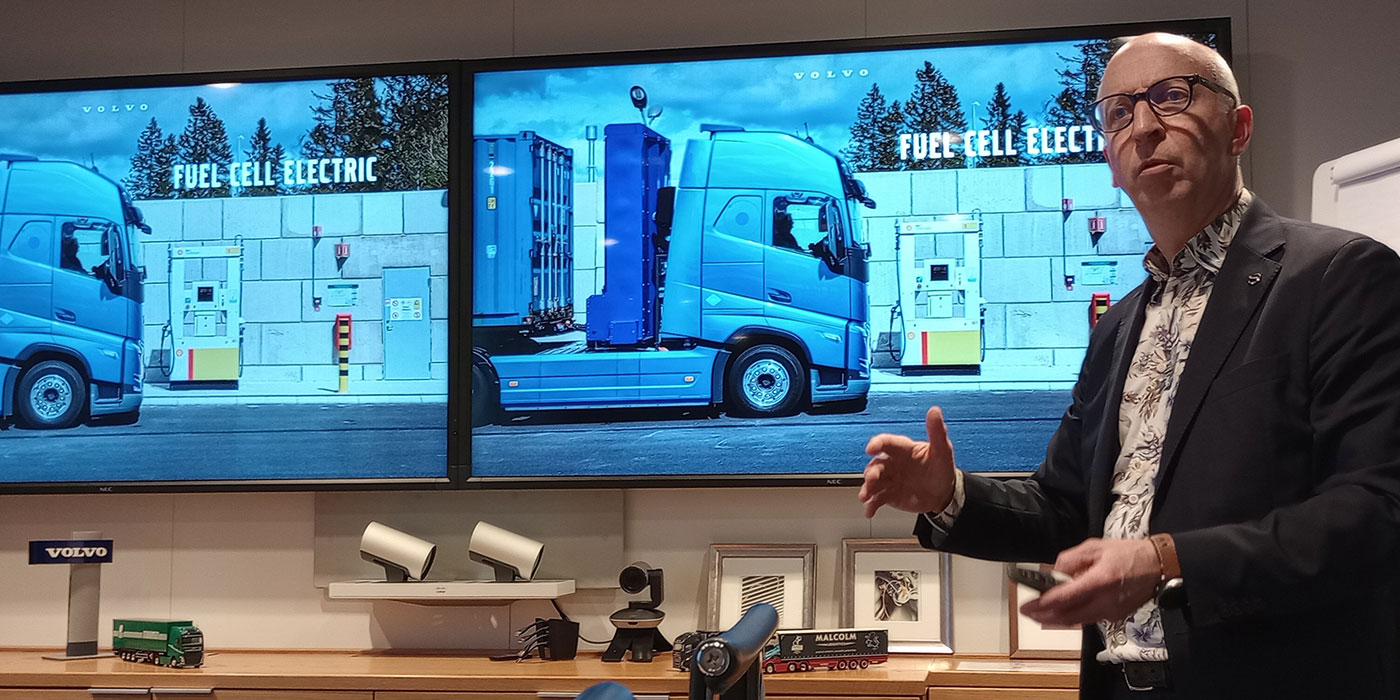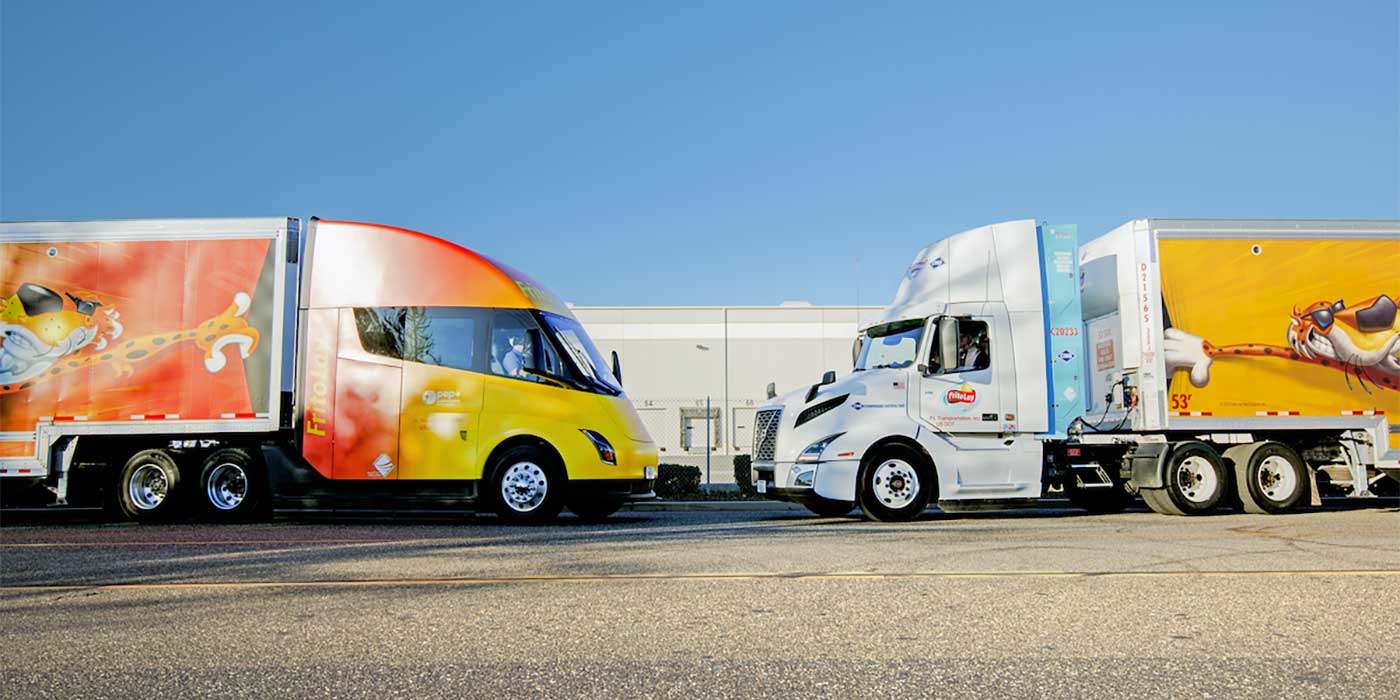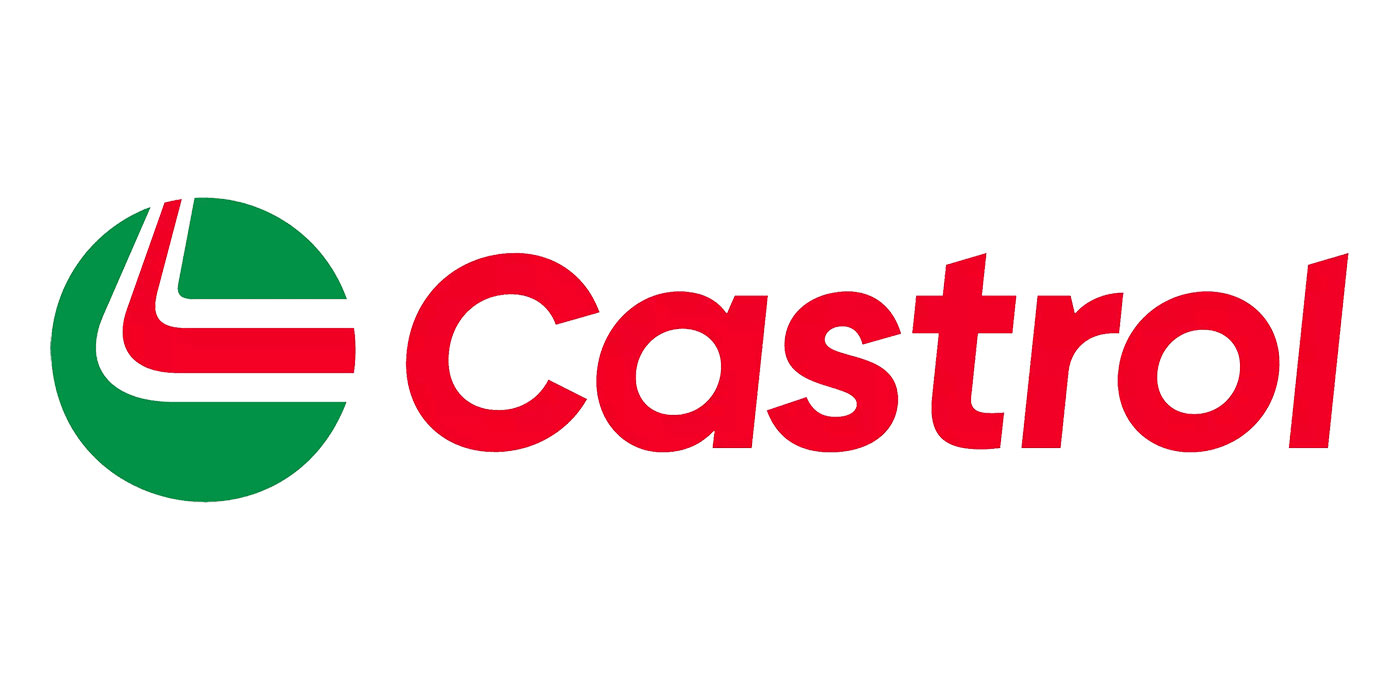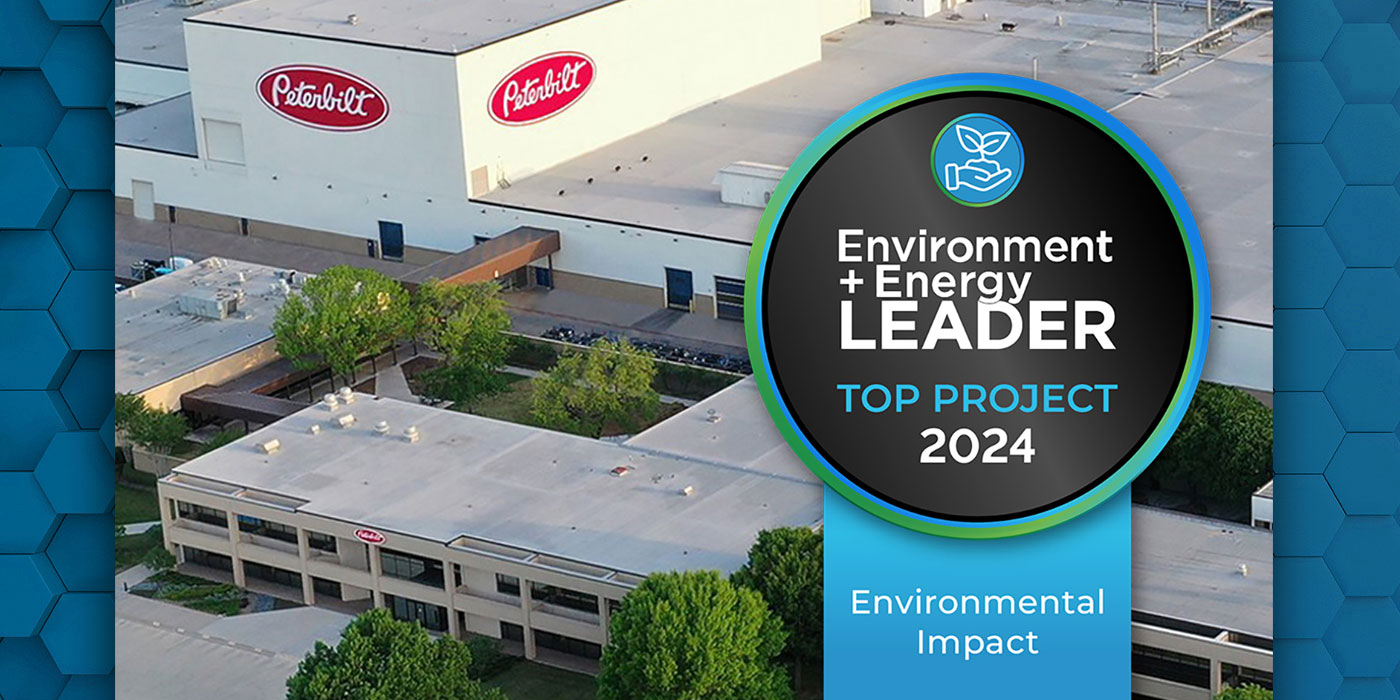Deploying battery electric heavy-duty trucks can basically boil down to overcoming seven big challenges. Everyone who has tried to do this has just laughed at my use of “basically.” There’s nothing basic about fielding a new heavy-duty truck powertrain in demanding applications that diesel has serviced for years.
“You’ve seen electric vehicles on the road, but when you get to this vehicle size and this scale—no one has done it before. That’s what’s eye-opening for me,” said Tracey Anderson, senior director of supply chain sustainability at Sysco, who sat down to talk about overcoming the challenges of deploying battery electric Class 8 trucks at scale in its fleet operations. “Even when you talk with your partners that are going to be building, engineering, and designing, they’ve done this and they’ve done that, but at a scale for Class 8 tractors—that’s a whole other ball of wax.”
Earlier this summer, we sat down with Marie Robinson, executive vice president and chief supply chain officer at Sysco, as part of our Rockstars profile—a content spotlight that charts the achievements of our industry’s biggest headlining acts. Both Robinson and Anderson shared insights into Sysco’s sustainability plans. The company serves 700,000 customer locations globally through 333 distribution sites with a Broadline operation business segment that focuses on delivering food and non-food products to away-from-home independent and chain restaurant dining locations.
Last year, Sysco announced a science-based goal to reduce its direct emissions by 27.5% by 2030, and deploying EVs is a significant part of its efforts to accomplish this goal. Also last year, Sysco announced a letter of intent to deploy up to 800 battery electric Freightliner eCascadia Class 8 tractors serving Sysco customers by 2026.
And they’re doing it.
The fleet is taking possession of the eCascadias, opening charging infrastructure locations, and investing in cutting-edge solar and energy storage solutions. Here are the seven EV truck deployment challenges that Robinson and Anderson talk about in the video above:
- Understanding infrastructure demands;
- Early design and planning;
- Learning lessons from initial deployments;
- Understanding the operational impact;
- Truck driver response and training;
- Evolving partnerships; and
- Staying focused on the bigger picture: sustainability
“Most find that Scope Three is the biggest part of carbon emissions, and of course, Scope Three means that it’s outside of your control—it’s your partners’ emissions,” Robinson said. “I do believe I’m seeing evolution in the perspective that if I become a scope three contributor to our largest customers’ sustainability goals [to reduce emissions] and they can document them and take claim over these investments that we are making, then it really differentiates us.”
Watch the video above for all of Robinson’s and Anderson’s EV insights.
Slow clap for the encore
Watch the greatest hits from the Sysco Rockstar profile:

